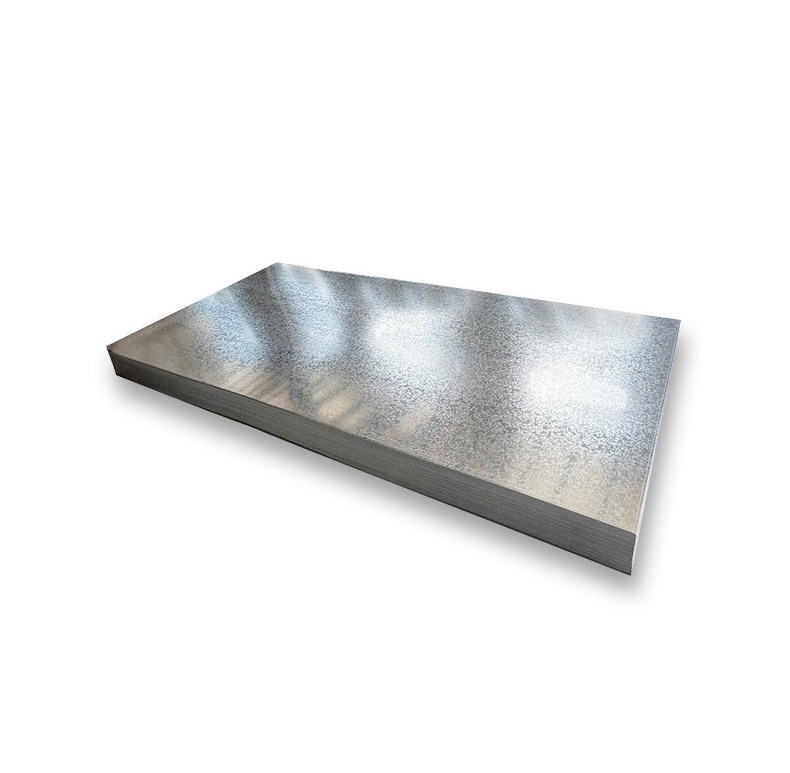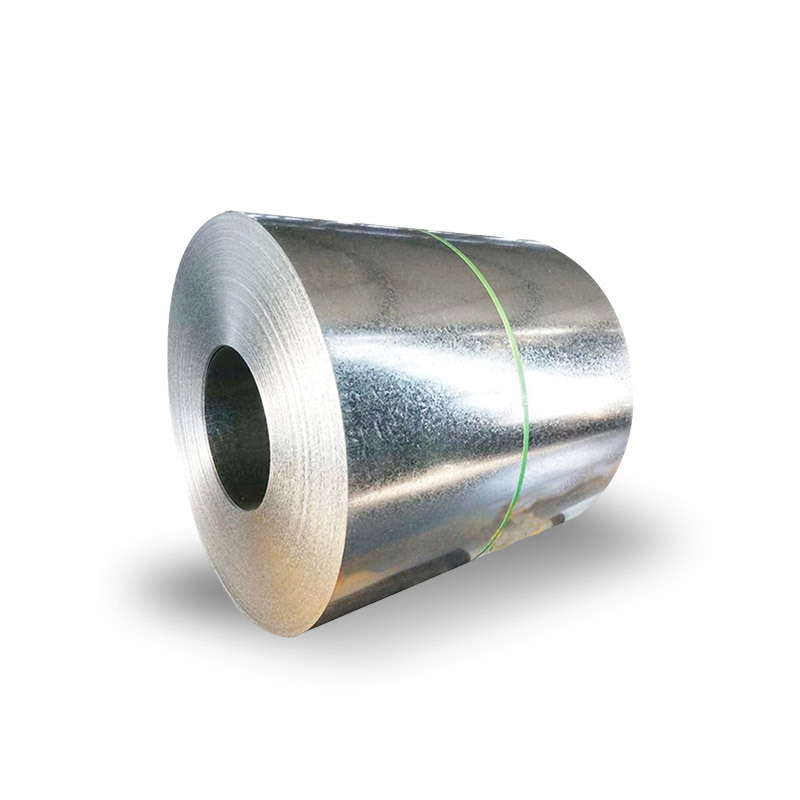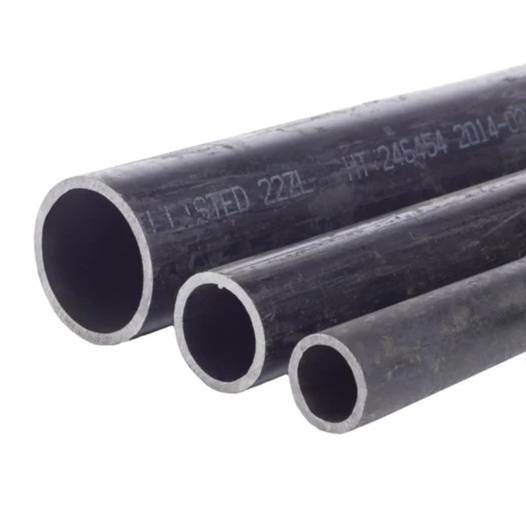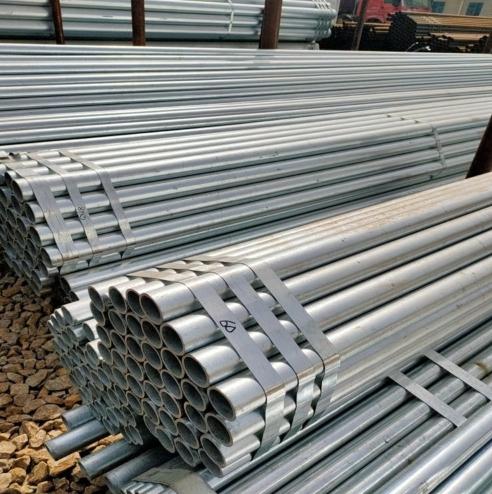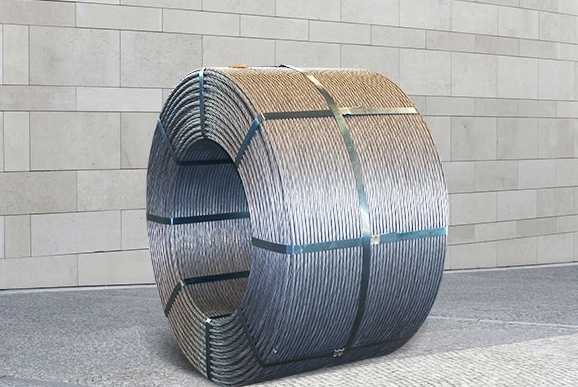I often find myself weighing material choices in design projects—carbon steel versus alloy steel, that is. Both have their merits. Both have drawbacks. Which one suits your application best? Let’s delve into the makeup, performance, cost, and real‐world use of each.
1. Composition & Microstructure
In carbon steel, iron is the primary element, with carbon content up to 2.1%. Simple, right? Yet even a small carbon variation (0.05%–0.30%) drastically alters hardness and ductility. Alloy steels add deliberate amounts of elements like chromium, nickel, or molybdenum—often 1–5% by weight—to boost specific traits: tensile strength, hardness, or corrosion resistance.
2. Mechanical Characteristics
-
Tensile Strength and Toughness
Carbon steel typically offers tensile strengths between 400–550 MPa. Alloy steels range from 500–2000 MPa, depending on grade and heat treatment. -
Fatigue & Wear Resistance
Through metal‐matrix strengthening in alloy steels (e.g. 4140, 4340 grades), fatigue life can more than double compared to plain carbon grades.
3. Fabrication & Heat Treatment
How you shape steel matters. Carbon steels are readily welded and formed, but may require preheating to avoid cracking. Alloy steels, especially those with high chromium or molybdenum, often need controlled thermal cycles—quenched and tempered—to achieve optimal properties.
4. Global Cost Comparison
| Region | Grade | Price (per ton) | Source |
|---|---|---|---|
| USA | HRC Carbon Steel | 880 USD | TradingEconomics, Jul 2, 2025 |
| China | HRC Alloy Steel (FOB) | 443.50 USD | SHFE Futures, Jun 30, 2025 |
| India | HRC Carbon Steel (FOB) | 47000 INR (~ 541 USD) | MEPS Jan 2025 |
| Germany | HRC Structural Alloy | 806 USD | ChemAnalyst Q1 2025 |
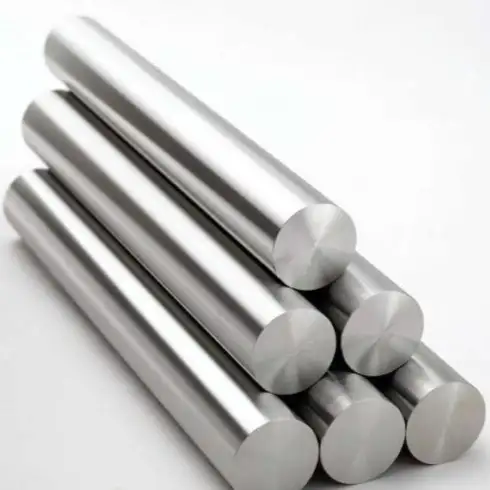
5. Typical Applications
-
Carbon steel: structural beams, pipelines, general fabrication.
-
Alloy steel: high‐stress gears, aerospace components, high‐temperature fittings.
6. Case Study: Automotive Suspension Component
A leading OEM switched from AISI 1045 carbon steel to AISI 4140 alloy for control‐arm manufacturing. The result? Fatigue life improved by 80% under cyclic loading, despite a 12% increase in material cost. Return on investment arrived in just 6 months through warranty savings.
7. Standards & Specs
-
ASTM A36 (carbon steel plates)
-
ASTM AISI 4140 (alloy steel bars)
-
EN 10083‐3 (quench‐and‐tempered alloy steels)
8. Environmental & Sustainability Considerations
Recycling rates exceed 90% for carbon steel. Alloy steels demand more alloying elements—which may incur higher embodied energy—but modern electric‐arc furnaces mitigate this gap.
9. Future Trends
Global decarbonization efforts could narrow cost differentials as low‐carbon production elevates carbon‐steel prices. Meanwhile, additive manufacturing of custom alloy mixes is on the horizon.
FAQs
-
What is the main difference between carbon and alloy steel?
Carbon steel relies primarily on carbon content, while alloy steel adds other metals for tailored properties. -
Which is more expensive?
Alloy steel typically costs 20–100% more, depending on grade and market conditions. -
Can carbon steel be heat treated?
Yes—plain carbon grades can be annealed, normalized, or quenched, but they lack the same hardenability as alloy steels. -
Is alloy steel recyclable?
Absolutely; recycling rates are comparable to carbon steel, though alloy recovery requires careful sorting. -
How do I choose between them?
Evaluate application demands: tensile strength, corrosion exposure, fabrication method, and budget constraints.



